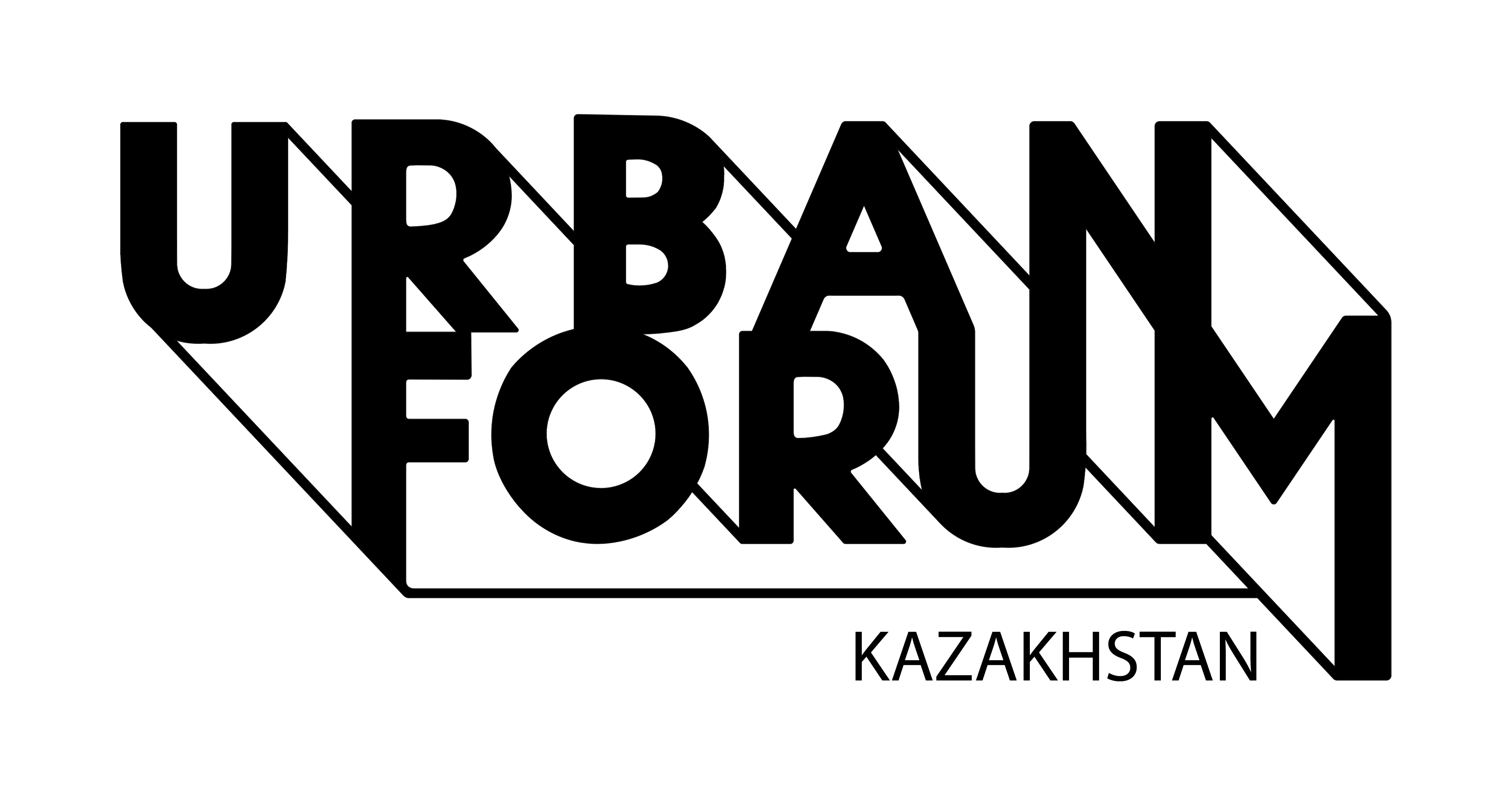Comfort in Big City:

Perception of Urban Environment by Astana Residents with Minors
Study
This is the first comprehensive study of Astana as a child-friendly city in the context of general assessment of the comfort of urban environment in the capital of Kazakhstan.
The survey method covered 480 respondents from 4 city districts that illustrate 4 urban types in Astana, of different gender and age between 0-6 years, 7-12 years, 13-16 years.
The survey method covered 480 respondents from 4 city districts that illustrate 4 urban types in Astana, of different gender and age between 0-6 years, 7-12 years, 13-16 years.
Connectivity
Almost 60% of respondents go for a walk with children once a week or less. More often than others, the residents of the old center and Eurasia area would go for a walk. Both districts are distinguished by more compact and dense buildings ("human scale").
During their walk, residents face numerous inconveniences such as parked cars, poor quality of sidewalks, disrupted sidewalks, poor lighting, and fences that block pedestrian area.
Only half of the respondents were satisfied with existing bus traffic pattern in the context of public transport convenience.
During their walk, residents face numerous inconveniences such as parked cars, poor quality of sidewalks, disrupted sidewalks, poor lighting, and fences that block pedestrian area.
Only half of the respondents were satisfied with existing bus traffic pattern in the context of public transport convenience.
Infrastructure
Almost 80% of respondents consider their area as safe. At the same time, almost 60% do not let their children go for a walk on their own.
The residential areas in the western part of the city and Eurasia area are better equipped with playgrounds. The Left Bank area is equipped the least, though the housing stock there is new and most prestigious.
60% of respondents visit culture facilities together with children only once every six months or less. At the same time, most respondents refer cinemas as culture facilities, while 25% believe there are no culture facilities in the area.
The residential areas in the western part of the city and Eurasia area are better equipped with playgrounds. The Left Bank area is equipped the least, though the housing stock there is new and most prestigious.
60% of respondents visit culture facilities together with children only once every six months or less. At the same time, most respondents refer cinemas as culture facilities, while 25% believe there are no culture facilities in the area.
Awareness and Participation
87% of respondents noted positive changes in the city over past 3 years, which indicates major trust in local authorities. The most skeptical respondents come from the center of the Left Bank: half of inhabitants negatively evaluated the city development.
The respondents were mostly interested in information about the Development and Implementation of Various City Projects and Community Participation in the Decision-Making at the City Level. 40% of respondents are ready to approach authorities with ideas and proposals, but about the same share has no idea of how to do it.
The respondents were mostly interested in information about the Development and Implementation of Various City Projects and Community Participation in the Decision-Making at the City Level. 40% of respondents are ready to approach authorities with ideas and proposals, but about the same share has no idea of how to do it.
Conclusions
1. All Astana districts have a pressing issue of improving the pedestrian infrastructure, including street lighting (especially city's western districts).
2. Public transport in the capital requires improvement. Optimizing routes and increasing the fleet of buses will increase travel comfort and shorten the waiting time.
3. The center of the Left Bank is new, most prestigious and problematic area of the city. Oftentimes people are dissatisfied with the level of urban comfort and social infrastructure.
4. Astana's urban space has an extremely uneven distribution of culture facilities, parks and squares.
5. Despite the high share of those who find the city comfortable, more than half of the respondents are forced to regularly travel to other areas for leisure or social infrastructure.
6. Despite the high share of those who wished to receive information on urban development and their participation, more than half of the respondents take no action in the work of their Apartments' Owners Cooperative (KSK0.
7. 75% of respondents have never participated in public discussions related to urban development.
8. Local executives should pay more attention to the potential of engaging community in solving urban problems.
2. Public transport in the capital requires improvement. Optimizing routes and increasing the fleet of buses will increase travel comfort and shorten the waiting time.
3. The center of the Left Bank is new, most prestigious and problematic area of the city. Oftentimes people are dissatisfied with the level of urban comfort and social infrastructure.
4. Astana's urban space has an extremely uneven distribution of culture facilities, parks and squares.
5. Despite the high share of those who find the city comfortable, more than half of the respondents are forced to regularly travel to other areas for leisure or social infrastructure.
6. Despite the high share of those who wished to receive information on urban development and their participation, more than half of the respondents take no action in the work of their Apartments' Owners Cooperative (KSK0.
7. 75% of respondents have never participated in public discussions related to urban development.
8. Local executives should pay more attention to the potential of engaging community in solving urban problems.


